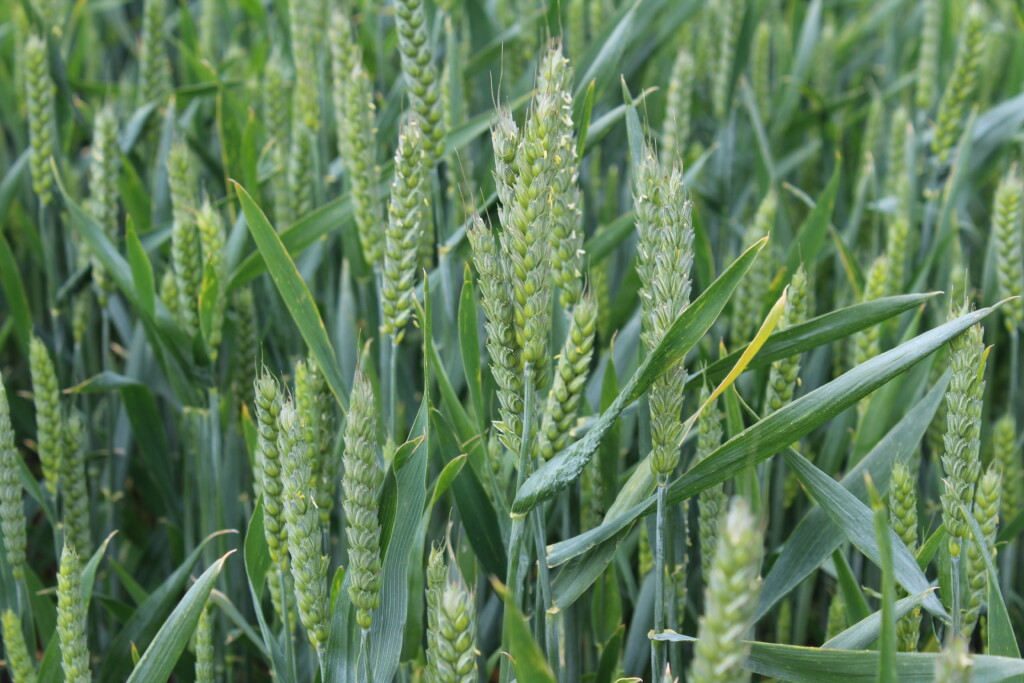The option of whole cropping winter barley, but more likely, winter wheat, may well be a thought in many tillage farmers’ minds right now.
Given the backdrop of Irish agriculture coming out of the 2023/24 feeding season with almost zero silage stocks, the demand from dairy and beef farmers for what is a high value winter forage, will be strong over the coming months.
While many winter cereals have been transformed by the recent few weeks of decent weather, there remains another cohort of crops that never really recovered from the absolute pounding they took last autumn and winter.
Individual growers can decide on how best to manage their individual crops. But, if whole cropping is deemed to be the best option, then the time to put the required plans in place is right now.
For whole crop silages to deliver the highest levels of nutritional value, they must be put in the clamp when the grains are at the ‘soft dough’ stage.
Meanwhile, winter wheat crops in the south Co. Antrim area, which received their recommended fungicide spray programmes, are looking particularly healthy at the present.
Many are disease-free, a direct result of the recent dry spell of weather.

However, the lack of opportunity to get herbicide programmes implemented in any meaningful way last autumn is reflected in the high levels of grass weeds now visible in many crops.
The presence of Italian ryegrass, bromes and blackgrass is evident across a number of locations.
Traditionally, barley yellow dwarf virus (BYDV) is not a major challenge for tillage farmers in Northern Ireland.
The one exception to this rule-of-thumb would be parts of east Co. Down. This seems to be the reality, once again, in 2024.
Spring barley
Spring barley crops are fast turning out to be a success story for tillage farmers across the island of Ireland.
Although planted late, in many cases, the recent dry and cool conditions have encouraged the controlled growth of these crops.
The dry conditions of the past six weeks has encouraged growth rates within crops planted under plastic.
Current estimates are pointing to a 50% plus increase in the area of maize established this year, relative to 2023.
Moreover, there is now growing optimism that, given decent weather conditions over the coming weeks, many maize crops will be harvested before the end of September.
Such a reality would allow many tillage farmers to get their crop rotations back on track.
